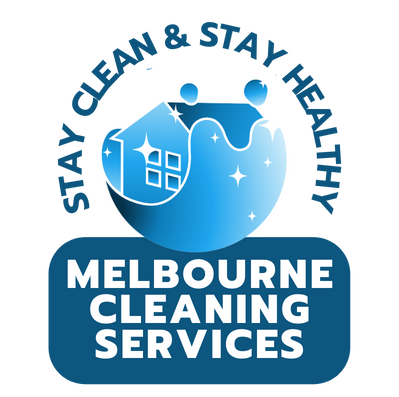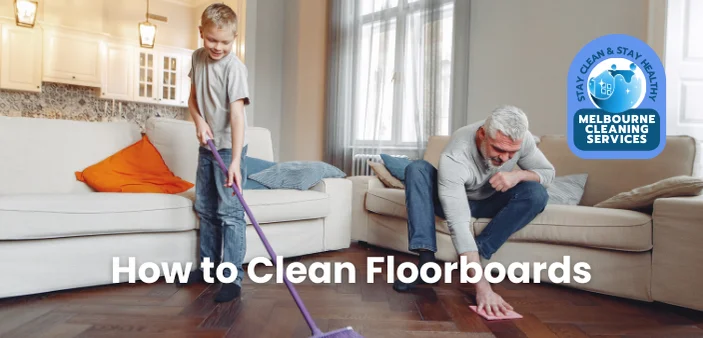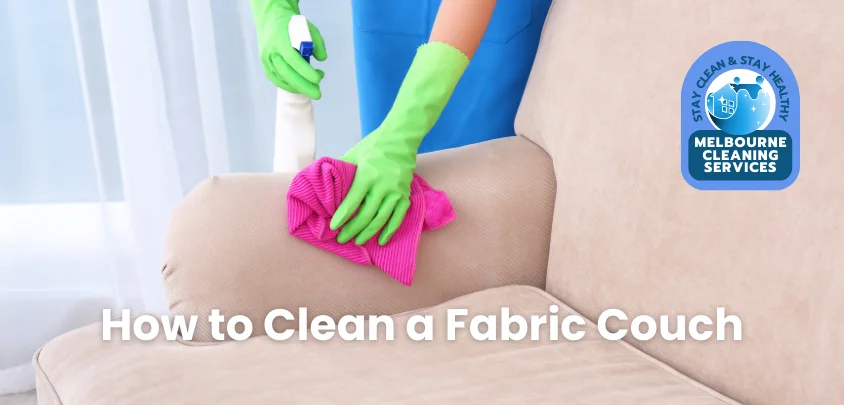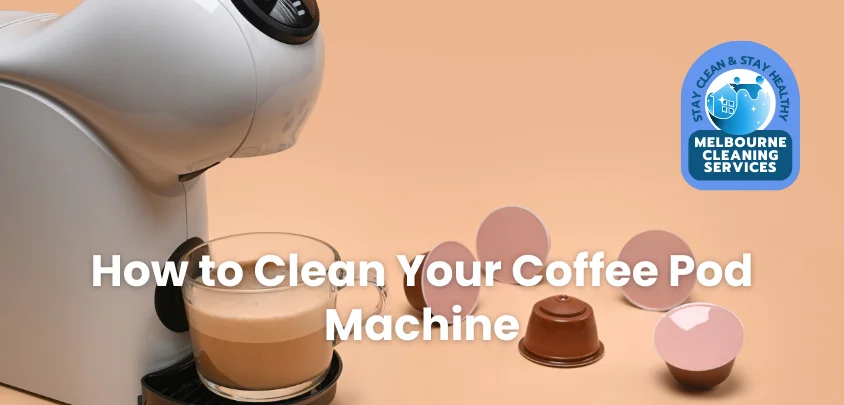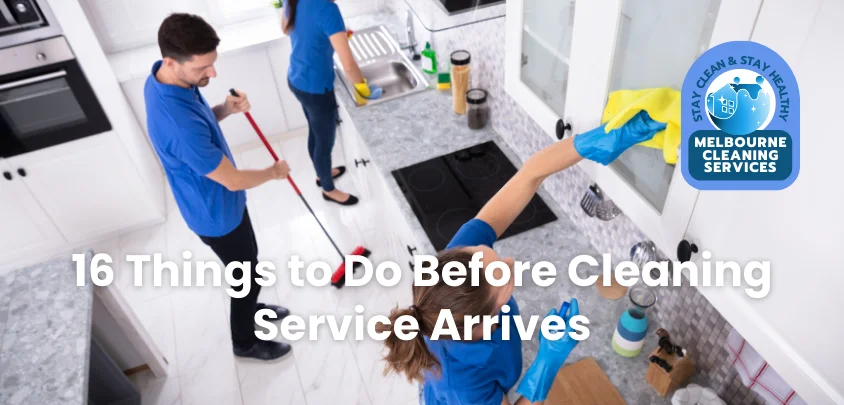Preparation for Cleaning Stainless Steel Stove Top
Before you begin cleaning, get the necessary supplies:
- Microfibre cloths
- Soft sponges
- Non-abrasive cleaners
- White vinegar
- Bicarbonate of soda
- Mild dish soap
- Olive oil or stainless steel polish
- Spray bottle
- Soft-bristle brush
Ensure the stovetop is cool to the touch before you start the cleaning process to avoid any risk of burns on your hands or damage to the surface.
How to Clean Stainless Steel Stove Tops Like an Expert
Here is a step-by-step guide on the best way to clean your stainless steel stove top:
Step 1: Remove Surface Debris
Start by removing any loose food particles, crumbs, or debris from the stovetop. Use a soft cloth or a dry sponge to gently remove the surface debris. This initial step prevents scratching the surface when you start scrubbing.
Step 2: Apply Mild Dish Soap
Mix a few drops of mild dish soap with warm water. Put a soft sponge into the soapy solution and wring out the excess water. Gently wipe down the entire surface of the stovetop, paying special attention to areas with spills or stains. Dish soap effectively cuts through grease and grime without damaging the stainless steel.
Step 3: Use a Vinegar Solution
Fill a spray bottle with equal white vinegar and water. Spray the vinegar solution onto the stovetop and let it sit for a few minutes. The vinegar always helps to break down grease and grime, making it easier to clean. Vinegar is a natural cleaner that disinfects and deodorises.
Step 4: Scrub Gently
Use a soft-bristle brush or a non-abrasive sponge to scrub the stovetop. Focus on any stubborn spots or stains, but avoid scrubbing too hard to prevent scratching the stainless steel surface. If you encounter tough stains, sprinkle a little bicarbonate of soda on the stain and scrub gently with the sponge.
Step 5: Rinse and Wipe
Dip a microfibre cloth with warm water and wipe down the stovetop to remove any soap or vinegar residue. Ensure the surface is thoroughly rinsed and free of cleaning agents. Microfibre cloths are effective because they trap dirt and absorb moisture without leaving streaks.
Step 6: Dry and Polish
Dry the stove top with a clean microfibre cloth to prevent water spots. For added shine, apply a small amount of olive oil or a stainless steel polish to a cloth and buff the surface toward the grain. Polishing not only enhances the shine but also adds a protective layer that avoids fingerprints and smudges.
Step 7: Clean the Burners and Grates
If your stovetop has removable burners and grates, you soak them in a mixture of warm water and mild dish soap. Use a soft brush to scrub away any residue, then rinse and dry thoroughly before reassembling. Clean burners and grates contribute to even cooking and efficient stove operation.
Step 8: Final Touches
Wipe down the control knobs and any other stainless steel surfaces on your stove. These areas can collect grease and grime over time. Use a damp cloth with some dish soap, then rinse and dry.
Things To Avoid During Cleaning Stainless Steel Stove Top
When cleaning your stainless steel stove top, it’s important to avoid the following:
Abrasive Cleaners:
Refrain from using abrasive cleaners or scouring pads that may scratch the stainless steel surface. Scratches can dull the finish and make the surface more prone to staining.
Bleach:
Do not use bleach or cleaners containing chlorine, as they can damage the protective layer of chromium oxide. This can lead to discolouration and corrosion.
Steel Wool:
Avoid using steel wool, which can leave behind tiny particles that may rust and damage the surface. Instead, use non-abrasive sponges or brushes.
Ammonia-Based Cleaners:
These can cause bad discolouration and damage to the stainless steel finish. Stick to mild, non-abrasive cleaning solutions.
Harsh Chemicals:
Strong acids or alkalis can react with the stainless steel and cause terrible damage. Always use gentle, pH-neutral cleaners.
When to Hire Professional Cleaners?
If built-up grease, burnt-on stains, or stubborn residues are too challenging to handle, professional cleaners can help. They use commercial-grade products and advanced techniques to restore your stove’s shine, protect against smudges, and minimise scratches or imperfections. Many house cleaning services include stove cleaning as part of their package, making it a great deal if you’re seeking comprehensive home cleaning. Whether you need a one-time deep clean or regular maintenance, hiring a professional ensures your stove top and entire home stay spotless and well-maintained.
Conclusion
By following the above-mentioned steps and tips, you can keep your stainless steel stove top looking pristine and extend its lifespan. Regular maintenance and good cleaning techniques will ensure that your stovetop remains a stylish and functional centrepiece in your kitchen.
Related Article:
3 Tips for Cleaning Your Sink Without Using Detergent
Frequently Asked Questions
How often should I clean my stainless steel stove top?
It’s best to clean your stainless steel stove top after each use to prevent the buildup of grease and stains. A thorough cleaning can be done weekly or as needed, depending on how frequently you use your stove.
Can I use vinegar to clean my stainless steel stove top?
Yes, white vinegar is a quite effective and safe cleaner for stainless steel. It will help to cut through grease and grime, leaving the surface shiny. Make sure to rinse and dry the surface thoroughly after cleaning with vinegar.
What should I do if my stainless steel stove top gets scratched?
For minor scratches, you can use a stainless steel scratch remover or a mixture of bicarbonate of soda and water. Gently rub the scratch in the same direction of the grain using a soft cloth. For deeper scratches, you should consult a professional. Regular maintenance and using appropriate cleaning tools can help prevent scratches.
How do I maintain the shine of my stainless steel stove top?
Regular cleaning and polishing with olive oil or a stainless steel polish can help maintain the shine. Always wipe in the direction of the grain to avoid streaks. Additionally, do not place hot pots and pans directly on the surface, as this can cause discolouration.
Can I use lemon juice to clean my stainless steel stove top?
While lemon juice is acidic and will help with cleaning, it should be used sparingly and rinsed off thoroughly to prevent any potential damage to the stainless steel. Vinegar is generally a safer alternative for regular cleaning.
Is it safe to use commercial stainless steel cleaners?
Yes, commercial stainless steel cleaners are designed specifically for cleaning and polishing stainless steel surfaces. Follow the manufacturer’s instructions and test the cleaner on a small area first to ensure it doesn’t cause any adverse effects.
What if my stove top has stubborn burnt-on stains?
For stubborn burnt-on stains, make a paste with bicarbonate of soda and water. Apply the paste on the stain and let it stay for a few minutes. Gently scrub with a soft-bristle brush or non-abrasive sponge. Rinse and wipe clean. For extremely tough stains, you need to repeat the process or use a specialised stainless steel cleaner.
More Useful Resources:
- 10 Pro Tips to Clean Outdoor Cushions
- 16 Things to Do Before Cleaning Service Arrives
- 5 Simple Cleaning Steps to Get Your Home Sparkling
- How Often Should You Clean Your Carpets?
- How to Clean Sheer Curtains: A Complete Guide
- How To Clean Tiles: Tips For Every Type Of Tile
- How to Clean Your Coffee Pod Machine
- How to Get Rid of Mould on Ceiling?
- How to Prevent Dust in Your Bedroom: 8 Pro Tips
